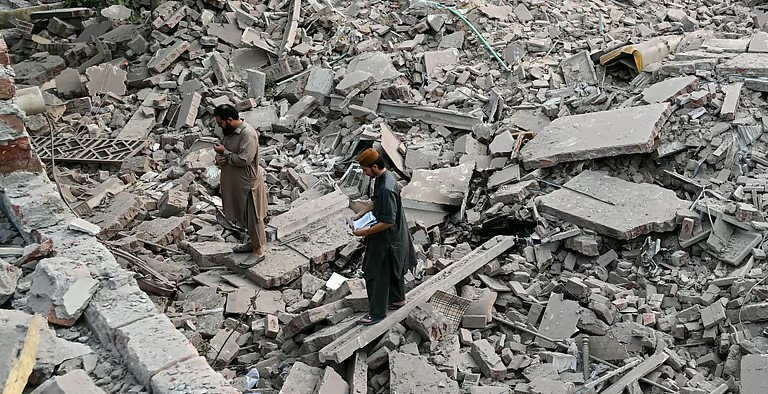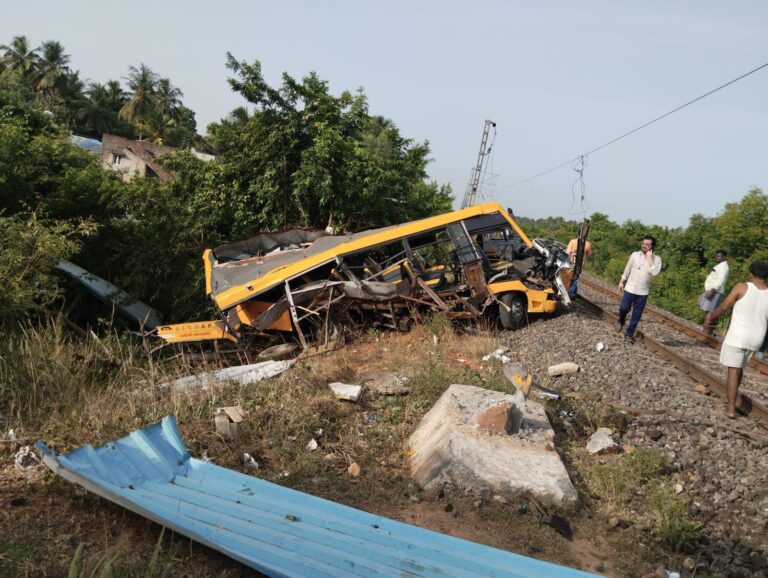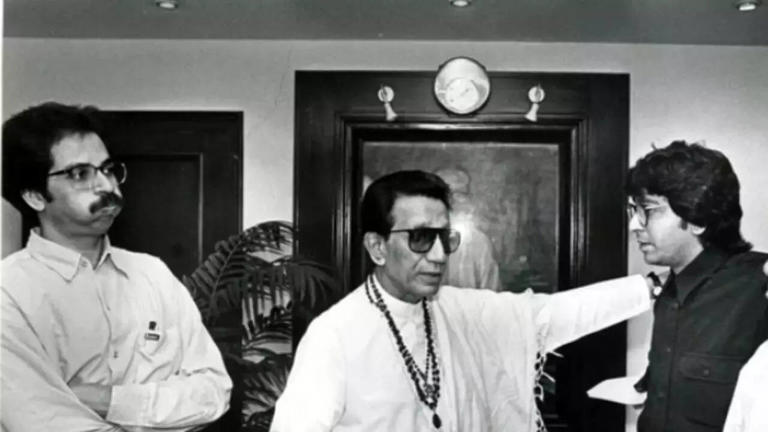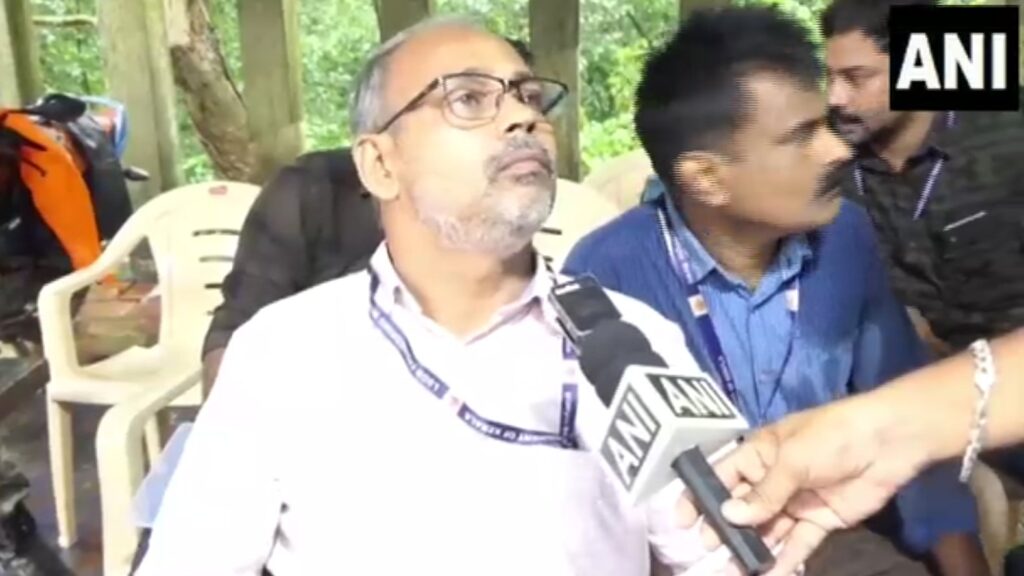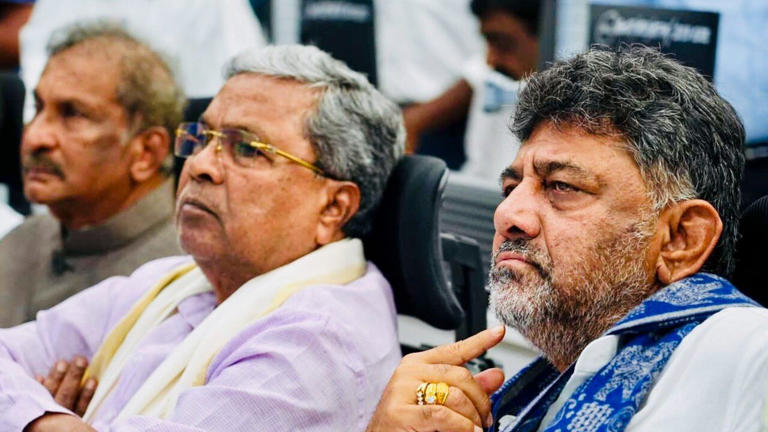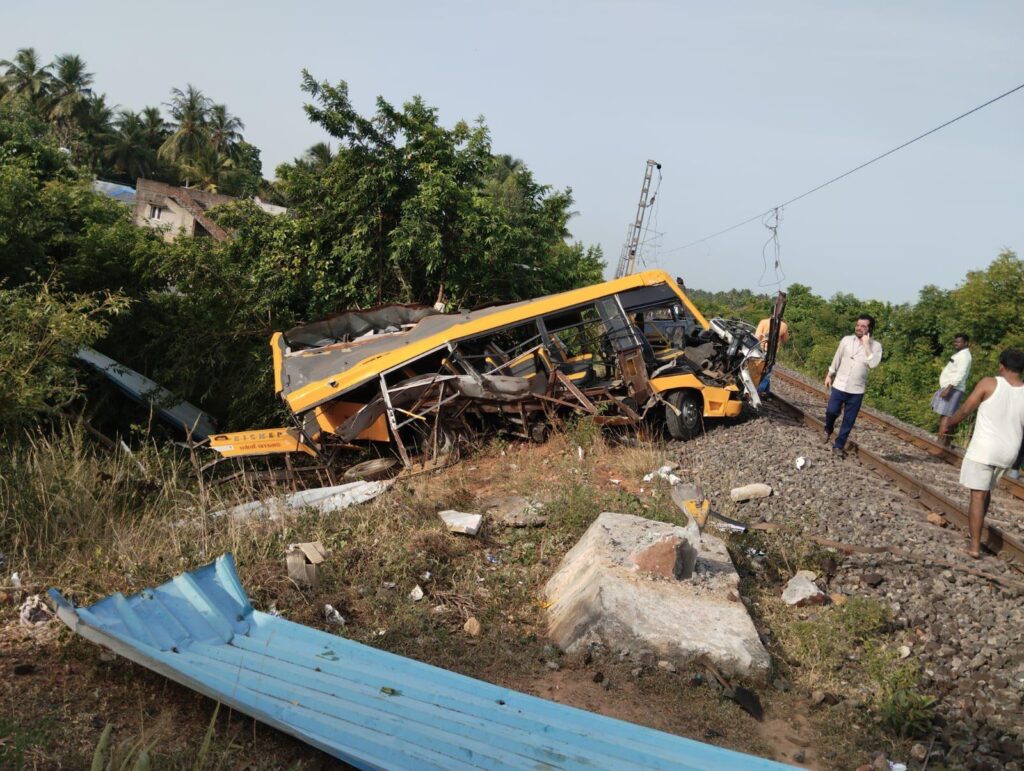Lahore Blast Explained: Drone Explosion After Indian Strikes in Pakistan
On May 8, 2025, a Lahore blast rocked Pakistan’s eastern city, escalating India-Pakistan tensions just a day after Indian strikes in Pakistan targeted terrorist infrastructure during Operation Sindoor. The explosions, reported near Lahore’s Walton Airport, followed India’s retaliation for the Kashmir attack that killed 26 people – mostly Hindu tourists on April 22, 2025.
Lahore Blast: Incident Details
Multiple loud explosions were reported in Lahore’s Gopal Nagar and Naseerabad areas near Walton Airport, close to the army cantonment and central business district, on May 8, 2025. Air raid sirens echoed, and visuals showed smoke rising as residents fled in panic. Local police speculated the Lahore blast may have resulted from a drone, possibly shot down by jamming, but this remains unverified, with no confirmation from Indian authorities. No casualties or significant damage to civilian infrastructure have been reported. As a precaution, Lahore, Sialkot, and Karachi airports suspended flights, and Pakistan’s airspace was partially closed until noon. Hospitals and civil defence authorities remained on high alert, reflecting the heightened security amid Pakistan retaliation fears.
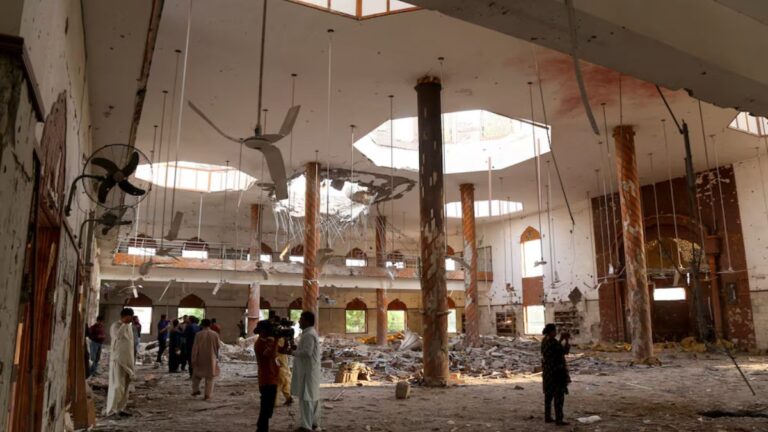
The blast heard in Pakistan’s Lahore intensified concerns, coming hours after cross-border shelling following Indian missile strikes on nine terror camps in Bahawalpur, Muridke, and Pakistan-occupied Kashmir (PoK). Pakistan claimed 31 civilians were killed in the strikes and reported downing five Indian aircraft, a claim India dismissed as misinformation.
Operation Sindoor and Lahore Blasts
Operation Sindoor, launched on May 7, 2025, targeted Jaish-e-Mohammed (JeM) and Lashkar-e-Taiba (LeT) camps linked to the Pahalgam Kashmir attack. India accused Masood Azhar’s JeM of orchestrating the attack, prompting missile strikes on terrorist infrastructure. Pakistan denied involvement and vowed Pakistan retaliation, leading to cross-border exchange of fire that killed 13 Indian civilians and 31 Pakistanis. The cross-border exchange of fire tapered off overnight, but India conducted blackout drills near Pakistan border areas like Amritsar, home to the Golden Temple, anticipating further conflict. Civil defence drills were also held nationwide.
The nuclear-armed neighbours face heightened risks, with Islamabad signaling readiness to de-escalate while reserving retaliation rights. De-escalation diplomacy gained traction as Trump offered assistance to resolve India-Pakistan tensions, alongside calls from the UN, EU, and China for restraint. Pakistan ready to de-escalate statements contrast with its military’s aggressive posture, complicating peace efforts. The Lahore blast underscores the volatile situation, with misinformation and unverified claims, like downed aircraft, fueling tensions.
In conclusion, the Lahore blast amid India-Pakistan tensions highlights the fragile state of regional stability. While no casualties were reported, the incident, coupled with Indian strikes in Pakistan and Pakistan retaliation, keeps Kashmir at the heart of this conflict. Diplomatic efforts are critical to prevent escalation between these nuclear-armed neighbours.


